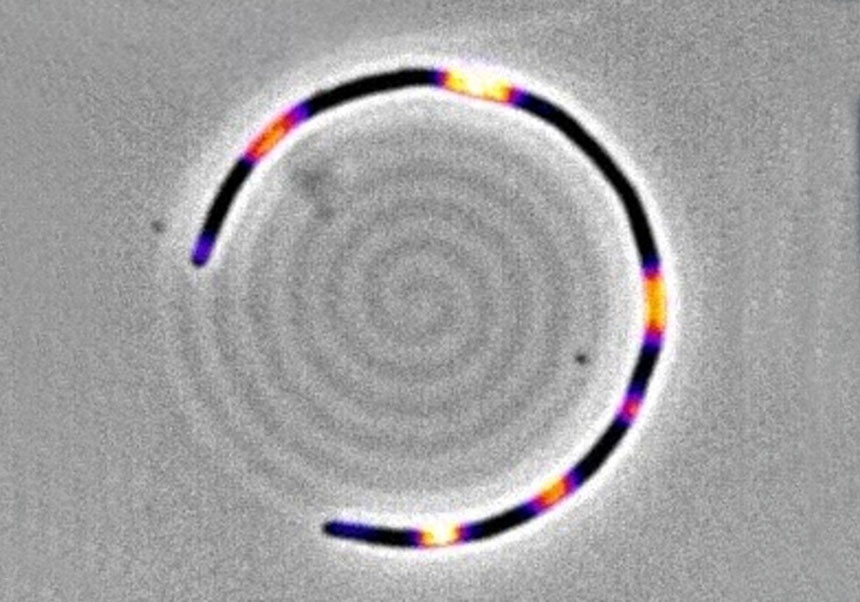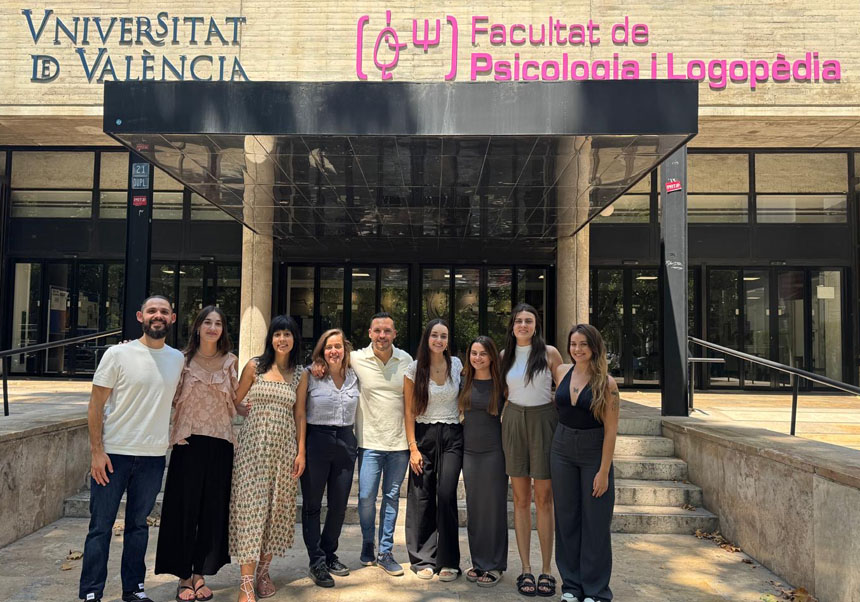Key mechanism for understanding antibiotic resistance discovered in E. coli
- Marketing and Communication Service
- September 8th, 2025

A study by the Institute for Integrative Systems Biology (I2SysBio, UV–CSIC) shows that Escherichia coli bacteria, which live in the human gut and are highly relevant to health, grow in a predictable manner according to the laws of physics after exposure to antibiotics. The work has been published in Nature Communications.
The results of this study highlight the role of mechanical forces and cell geometry in bacterial division processes and open new avenues for understanding microbial behaviour and developing more effective antibiotic treatments.
In stressful situations such as those triggered by exposure to antibiotics, bacteria may interrupt cell division and begin to grow in the form of filaments. This is a mechanism of bacterial resistance known as “filamentation”, which is common in infections such as those of the urinary tract. Such growth generates mechanical stresses that bend and deform the filaments. The study, led by I2SysBio researcher Javier Buceta, shows that these bacteria tend to bend in a predictable way according to the laws of physics.
Recently published in Nature Communications, the work focuses on antibiotic-induced filamentation and demonstrates for the first time in filamentous bacteria such as E. coli that this bending not only affects the external structure of the cell — its shape — but also alters biological processes that are key to its survival and behaviour.
Reference:
Nadal, M., Guitou, L., Díez, I., Hurtado, J., Martínez, A., Grobas, I., Buceta, J., /E. coli filament buckling modulates Min patterning and cell division/, Nature Communications, DOI: 10.1038/s41467-025-63509-9
Categories: Ciencias de la Vida , Física
















